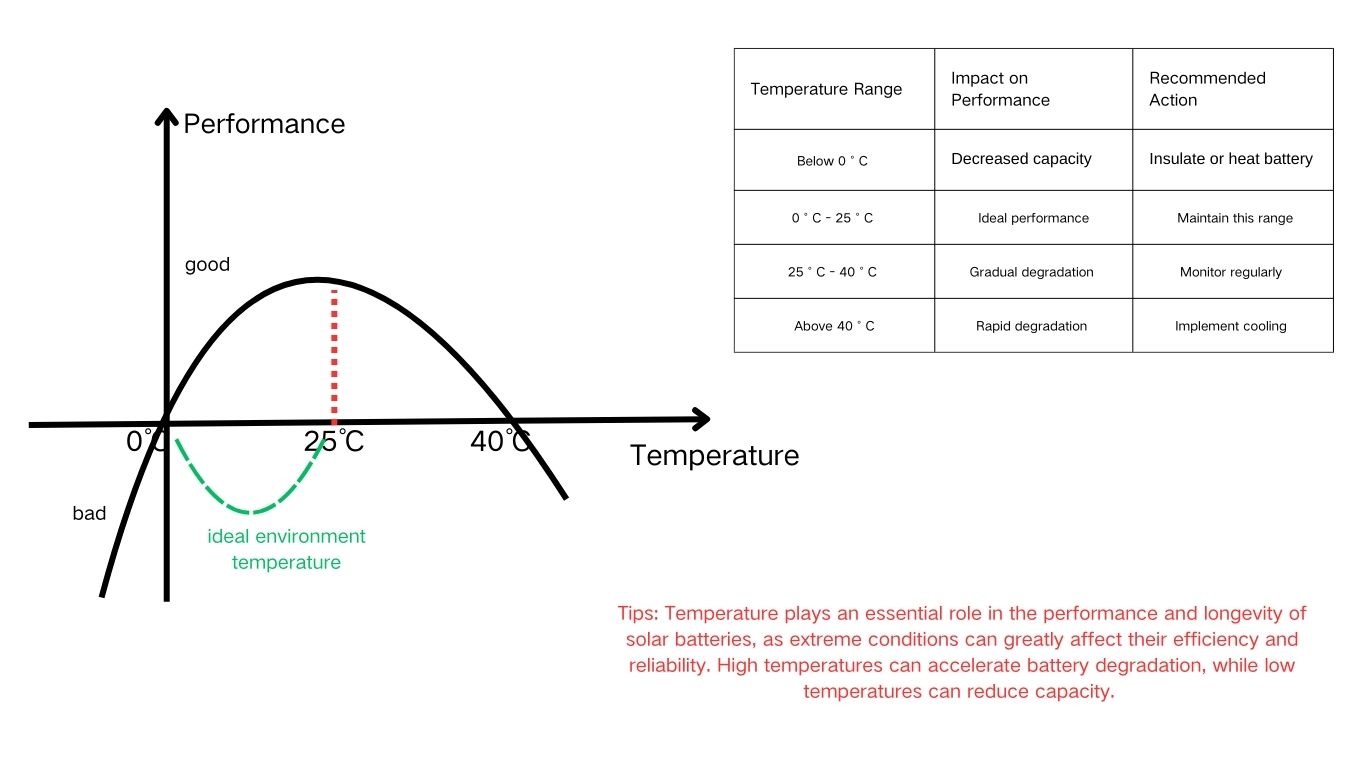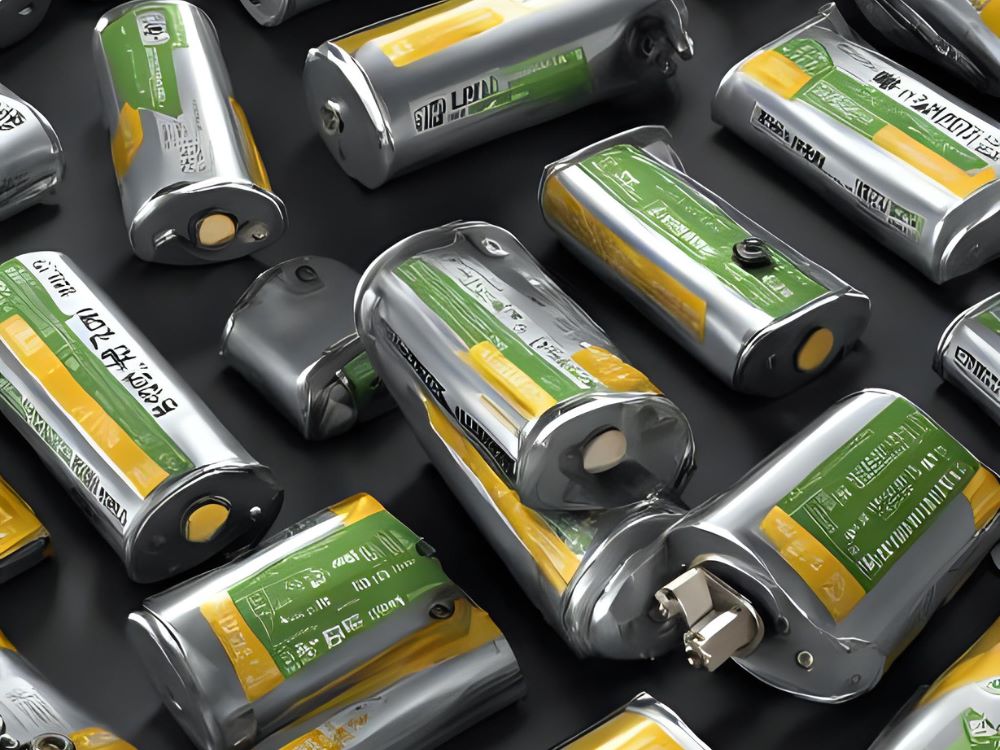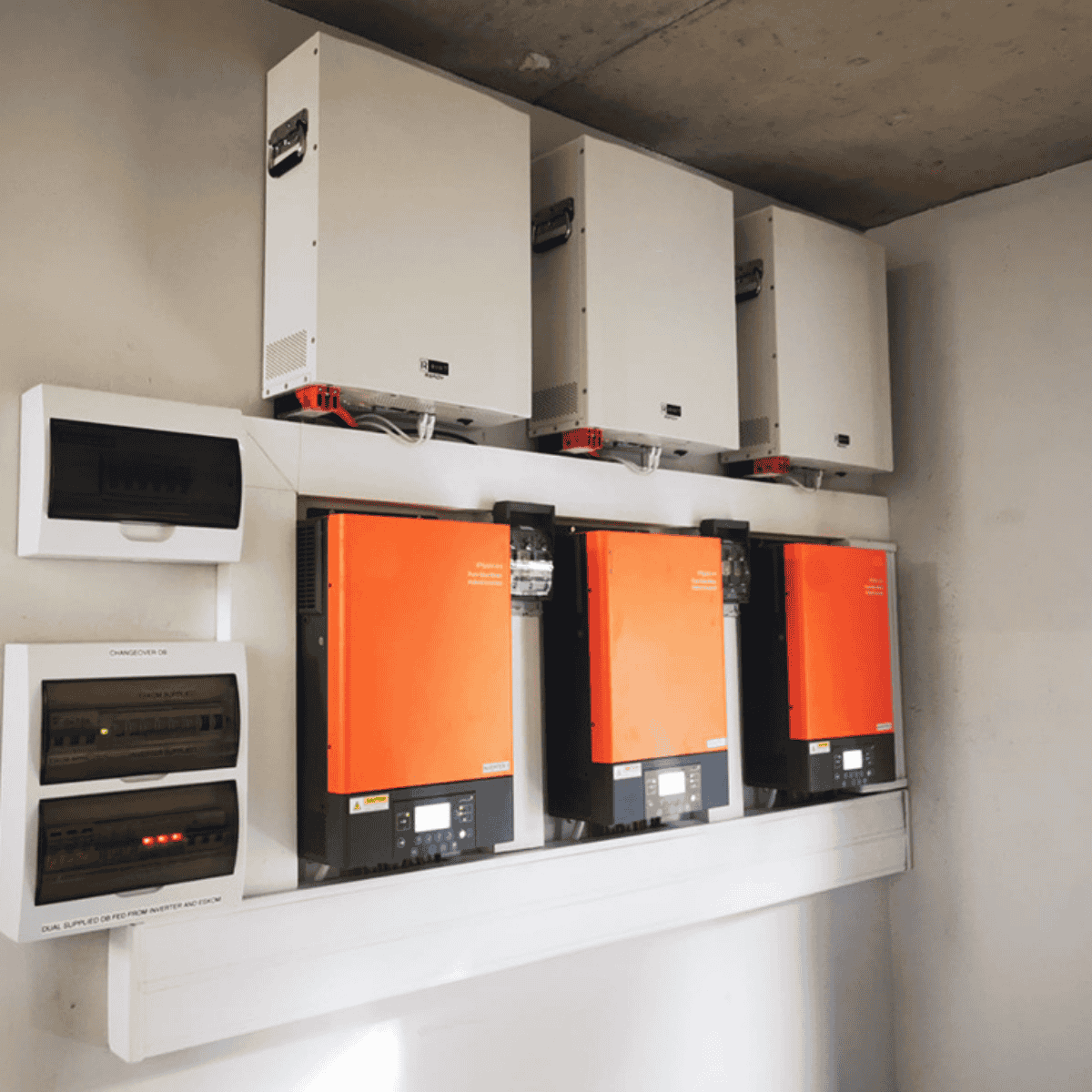When you notice swelling, overheating, or leakage, you must assess the condition of your lithium-ion battery carefully. Charging a damaged battery can lead to catastrophic outcomes, including fire or explosion. Understanding the risks and signs of battery damage is essential. So, can you safely charge a battery that shows these warning signs? The answer may not be what you expect.

You need to be vigilant for signs of a damaged lithium-ion battery, as they can indicate serious safety risks. There are some obvious signs of a damaged battery.
Swelling in a lithium-ion battery often signals a vital internal failure, typically resulting from gas buildup due to chemical reactions. This swelling can occur from overcharging, extreme temperatures, or physical damage.
Recognizing the swelling causes early is essential for maintaining safety and performance. If you notice any bulging, it’s vital to stop using the battery immediately.
Swelling prevention starts with adhering to manufacturer guidelines for charging and storage, ensuring that the battery operates within specified temperature ranges. Regular inspections can help you identify early signs of swelling, allowing you to take proactive measures.
Always prioritize safety; dispose of swollen batteries properly, as their integrity is compromised, making them hazardous.
When a lithium-ion battery begins to overheat, it often indicates a significant internal fault that requires immediate attention.
Overheating causes include internal short circuits, poor thermal management, and damaged cell components. If you notice excessive warmth during charging, it's vital to act quickly. Ignoring this sign may lead to thermal runaway, where temperatures escalate uncontrollably, risking fire or explosion.
To prevent overheating, guarantee proper ventilation and avoid charging in high-temperature environments. Regularly check your battery for signs of damage, and use appropriate charging equipment.
If a lithium-ion battery is leaking, it’s a clear sign of internal damage that demands immediate attention.
Leaking issues often indicate that the battery casing has compromised, allowing harmful electrolytes to escape. This not only poses potential health risks from toxic substances but also signifies that the battery’s integrity is severely compromised, leading to damaging effects like swelling or overheating.
You must take such signs seriously; continued use can exacerbate the risk of fire or explosion. It's essential to cease all usage and charge attempts immediately.
A lithium-ion battery's failure to charge often indicates significant internal issues that require immediate attention. You might notice the device struggles to accept power, or it discharges rapidly after charging.
These symptoms can jeopardize battery longevity, as compromised cells may lead to further degradation. It's essential to implement safety measures at this point; attempting to charge a malfunctioning battery can pose serious risks, including overheating and potential fire hazards.
Recognizing these signs early enables you to take proactive steps, such as ceasing use and ensuring proper disposal. Prioritizing the battery’s integrity not only safeguards your device but also protects your personal safety.
Related article: https://gdleappower.com/how-to-safely-charge-lifepo4-batteries/
Visible physical damage on a lithium-ion battery is a crucial indication of compromised integrity and potential hazards. Swelling, cracks, or dents signal internal issues that can lead to battery failure. And It is the easiest and most direct way to find out what's wrong with your lithium battery!
To guarantee battery maintenance, you should regularly inspect your batteries for these signs. If you encounter visible damage, cease charging immediately to prioritize charging safety and prevent catastrophic failures.
As we know about signs of damaged battery, another point that needs to be taken seriously is what kind of behavior can lead to damaging your lithium battery.
Overcharging, deep discharges, and exposure to temperature extremes can all lead to irreversible harm, while physical damage increases the risk of internal short circuits.
Recognizing these issues early guarantees better management and safety for your battery system.
Overcharging can considerably harm lithium batteries, as it compromises their chemical stability and overall health. The overcharging dangers include reduced battery lifespan and potential failure. If you consistently overcharge your lithium battery, it may lead to thermal runaway or internal short circuits.
Deep discharge can severely affect lithium batteries, leading to irreversible damage. When you allow a battery to deplete to 0%, the deep discharge effects can compromise its internal chemistry, causing capacity loss and potentially rendering the battery unusable.
This state may trigger a cascade of failures including reduced voltage stability and increased internal resistance. Over time, the battery lifespan impact becomes evident, as repeated deep discharges shorten its cycle life considerably.
It's essential you avoid deep discharges and aim for partial discharges instead to maintain ideal performance.
Temperature extremes can considerably impact the performance and longevity of lithium batteries, as both high and low temperatures lead to detrimental effects on their internal chemistry. Effective temperature regulation and robust battery insulation are critical to maintaining battery health.

When subjected to temperature extremes, you may notice reduced capacity and lifespan. Protecting your batteries from these conditions is crucial for reliable operation. Always verify proper insulation and regulate temperatures to prolong your battery's life and performance.
When the separators within a lithium battery are compromised, internal short circuits can occur, leading to significant safety hazards.
These shorts bypass the battery’s internal protection, resulting in uncontrolled current flow that generates excessive heat. This heat can escalate into thermal runaway, risking fire or explosion.
To mitigate such risks, regular battery maintenance is critical. You should monitor for signs of damage, such as swelling or leakage, and address any issues immediately.
If you suspect internal short circuits, cease use and avoid charging the battery. Always prioritize safety by following proper disposal protocols for damaged batteries.
Damaged lithium-ion batteries pose significant hazards that you must recognize. It is not only vital for your own, but crucial for the environment.
The risk of fire and explosion increases drastically with compromised integrity, alongside the potential for toxic leaks that can harm your health.
Additionally, device damage from swelling or leaking batteries can render your equipment unusable, making vigilance essential when handling these batteries.

Charging a damaged lithium battery isn't just unwise; it greatly increases the risk of fire and explosion due to compromised internal structures. You'll likely encounter irreversible damage, further diminishing the battery's performance and capacity.
Ultimately, attempting to charge such a battery leads to wasted energy and potential hazards, making it essential to prioritize safety over functionality.
Though it may seem tempting to charge a lithium battery that shows signs of damage, doing so considerably increases the risk of fire and explosion. The compromised internal structure can lead to catastrophic failures, jeopardizing both charging safety and your devices.
Always follow proper disposal methods to mitigate hazards, ensuring that you maintain both safety and peak performance in your lithium battery use.
When you encounter signs of a compromised lithium battery, it’s crucial to recognize that attempting to charge it can lead to irreversible damage.
Charging a damaged battery jeopardizes not only its integrity but also your safety. The compromised internal structure may trigger thermal runaway or cause internal short circuits, escalating the risk of fire.
This situation disrupts the battery lifecycle, resulting in wasted energy and potential device damage. Implementing safety measures, such as immediate cessation of use and proper disposal, is critical.
Don’t compromise; act decisively.
Decreased performance is a critical consequence of attempting to charge a damaged lithium battery. You may experience significant capacity loss and charging instability, impacting your device’s overall efficiency. Ignoring these performance issues can lead to further complications, including safety hazards.
Ultimately, the risks associated with charging a compromised battery outweigh any benefits.
Prioritize safety and consider replacing damaged batteries to guarantee reliable performance and maintain your devices' integrity.
If you are unable to dispose of lithium batteries, here are some ways to store them safely for the time being.
Always adhere to safety precautions while handling damaged batteries. Ignoring these guidelines can lead to hazardous situations, including fire or explosion risks.

If you suspect your lithium-ion battery is damaged, stop using it immediately to prevent further risks. Proper disposal is essential; take the battery to a certified recycling facility rather than throwing it in the trash. And for safe handling and assessment, consult professionals who specialize in battery management. Here are some suggestions for you to consider.
Some communities have specialized institutions that recycle lithium batteries. You can hand your used batteries over to professionals for disposal. Locate a certified battery recycling facility or e-waste center equipped for proper handling of hazardous materials. This guarantees that the battery is processed safely, minimizing environmental impact.
Don't dispose of it in regular trash, as it can contaminate soil and water.
After guaranteeing safe disposal of a damaged lithium-ion battery, seeking professional assistance becomes essential for handling the situation appropriately. Relying on experts not only prioritizes battery safety but also guarantees you understand the best recycling options available.
So far, we have discussed the symptoms and causes of lithium battery damage. But how can we use lithium batteries correctly in daily life and avoid damaging them? Here are seven things you should avoid doing.
Exposing lithium-ion batteries to direct sunlight can lead to severe consequences, including thermal runaway and reduced lifespan. To guarantee battery safety and longevity, store batteries in a cool, dry place and avoid Leaving batteries in the sun.
As batteries age, their lifespan diminishes, often resulting in reduced charging efficiency. This decline can lead to erratic power distribution and increased risk of device malfunction.
What's more, aging batteries may struggle to hold a charge, causing frequent interruptions in device functionality. Moreover, old batteries can become unstable, posing safety hazards such as leaks or overheating. Always prioritize fresh, high-quality batteries to maintain control over your energy needs and safeguard your equipment.
Storing batteries for extended periods can considerably degrade their performance and safety. If you need to store battery, you need to keep it around 50% charge and store lithium batteries in a cool, dry, well-ventilated place.
While it may be tempting to overlook minor issues with your lithium-ion batteries, ignoring swollen cells can lead to severe safety hazards. Swelling indicates gas buildup, resulting from internal chemical reactions that compromise the battery's integrity. If you notice this, it's essential to cease usage immediately.
Using a charger that doesn't match your battery's specifications may lead to severe consequences, including overheating or fire. It's vital to prioritize battery maintenance and guarantee safe handling during the charging process. Always match the charger voltage and current ratings to your battery’s requirements.
Ignoring fire and heat protection when dealing with lithium-ion batteries can lead to catastrophic outcomes. You must prioritize fire safety to prevent overheating and potential thermal runaway.
Implement stringent battery maintenance practices, such as regular inspections for swelling or leaks, which can indicate internal damage. Use fire-resistant storage solutions to shield batteries from external heat sources. Train staff on safe handling procedures to further reduce risks.
It’s crucial not to overlook the importance of charge time, as improper charging can lead to diminished performance and potential safety hazards.
Understanding charge time directly impacts battery lifespan and charging efficiency.
To sum up, charging a damaged lithium-ion battery isn't just unwise; it's outright dangerous. You risk thermal runaway, fire, and potential explosion. Recognizing the signs of damage, taking immediate action, and prioritizing safety can protect you and your surroundings. Don’t ignore swelling, leakage, or overheating. Don’t gamble with your safety. Instead, dispose of the battery properly and seek professional help. Your vigilance today can prevent disaster tomorrow—act wisely, stay safe, and safeguard your environment.



